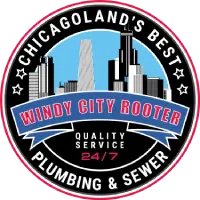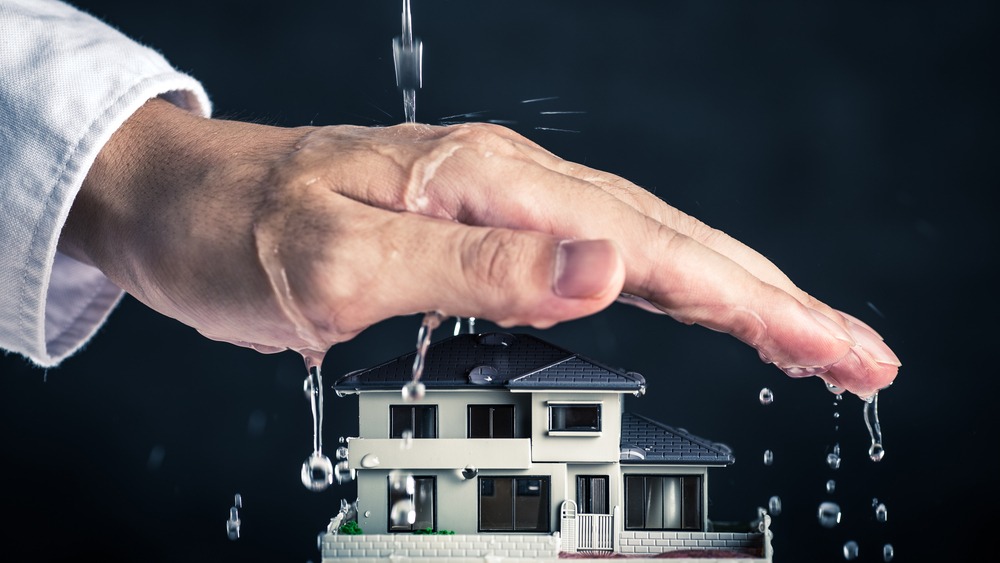Both everyday rainfall and severe storms can wreak havoc on homes if water gets inside. Thankfully, you can shield your home against water damage in several ways. Here are some of the most effective techniques and tools plumbers use to protect houses.
Seal Cracks in Basement Walls
Basement walls are susceptible to cracking as they cure and age, and some of these cracks can let water from the surrounding ground in. Cracks in walls are especially prone to leaking, since gravity will pull water in the direction of least resistance and a crack in a wall provides a non-resistant channel downward.
Wall cracks are commonly found near windows, where cut-outs for beams are made and along long stretches where the wall has no other internal structure.
Cracks in any of these places that leak water should be filled in to prevent excess moisture from building up in a particular area of the basement. Even if a crack permits only a small trickle of water, that water could promote localized mold growth or attract bugs that like moist areas. It also could become a bigger issue if the crack is unrepaired and expands.
Moreover, basement wall cracks should be properly repaired by a professional who knows what they’re doing. While a surface-level repair might seem like a suitable option, such quick fixes only last for a few years. You’ll have to readdress the issue if you only cover the surface of the crack. A professional will know how to fill in the entire crack so that the repair lasts much longer.
Set Up a Storm Drain System
Cities use storm drains to direct water away from sidewalks and roadways, and they also can direct water away from your home. If you’re able to install a storm drain on your property, this can direct water away from your house before it even reaches your home.
A storm drain system uses a network of infrastructure. Depending on your home’s situation, a professional in this field might recommend storm drain pipes, catch basins, drain pipes, or trench drains. In many cases, more than one of these drains are connected, so water is collected in certain areas, stored in other areas, and channeled to still different places.
In order to install a storm drain system, however, your property must meet two criteria.
First, you need to have room around your house to install a storm drain system. After all, you can’t put infrastructure in land that doesn’t exist or you don’t own. This normally isn’t an issue for single-family homes that have yards, but you might not have space for a system if you live in a townhome with no yard or lease (and thus don’t own) the land that your home is on.
Second, residential storm drain systems need a place where they can direct collected water—and your neighbor’s yard isn’t a suitable location. You can only set up a storm drain system if you have access to a municipal storm sewer system that your residential system can connect into. This way, your system can funnel water right into the city or town’s sewers.
Install a Sump Pump
Sump pumps can be extremely effective at preventing basement floods, but not all homes have them.
A sump pump is installed in the floor of a basement, and water is directed to the pump via some sort of drainage system. The water then pools in a basin that the pump sits inside of, and the pump actively removes the water from the basin. Thus, the pump won’t stop water from entering the basement, but it will help prevent excess water from pooling up in the space.
Not all basements flood, so not all homes have a sump pump. If your basement has moisture issues and doesn’t yet have a pump, though, getting one installed can help address your home’s water problems. A sump pump is particularly useful if your home is in an area that sees heavy rainfall at times or in a low-lying area that’s more likely to flood.
If you have a sump pump installed, speak with the installer about how the pump will be powered. Most pumps are connected to your home’s electrical system, but you should also make sure there’s a battery backup that the pump can draw from. Since floods sometimes occur during or after storms, your sump pump needs to be able to work even if the power goes out.
Replace Your Sump Pump
If your home has a sump pump but water still collects, you might need to replace the sump pump. These pumps last around 10 years and may become less effective after that period.
Replacing a sump pump is a much simpler task than installing one for the first time, as your basement already has the drainage system and basin that a sump pump needs to operate.
For help protecting your home from excess water, contact Windy City Rooter to learn more about our water solutions.



